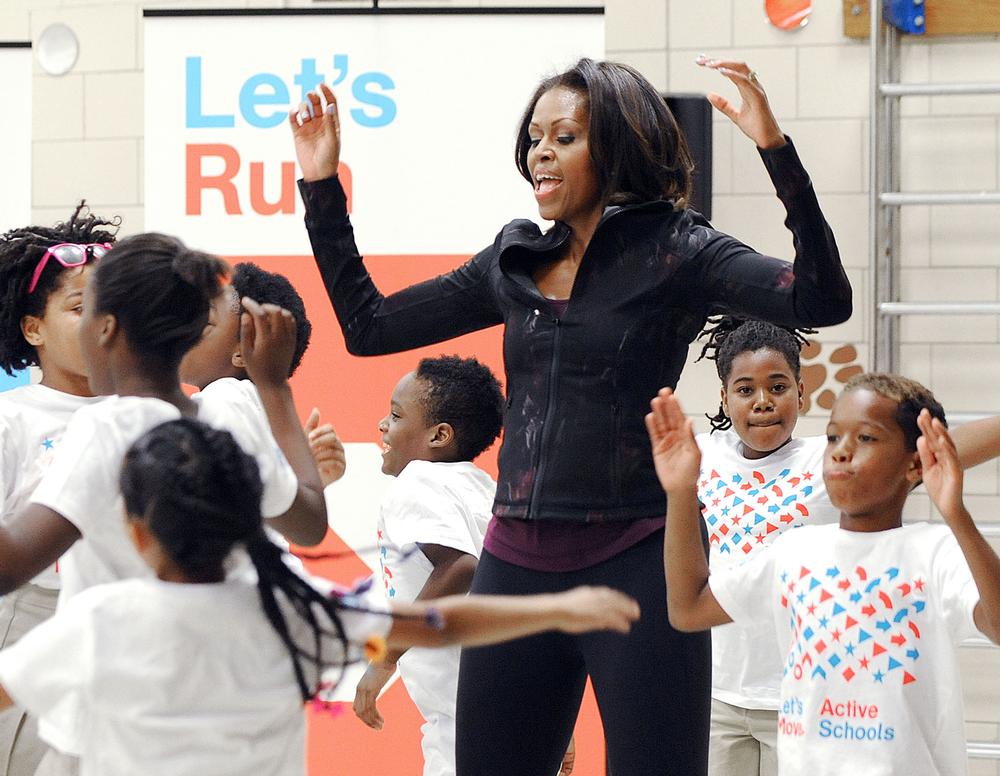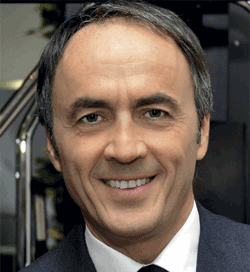What a year 2016 was for the global fitness and physical activity sector. It’s rare for us to look back rather than forwards in HCM, but it’s worth reflecting on a year in which the door to wider collaboration, and to a greater impact on the world’s health, was truly opened to the sector – because this, in turn, lays exciting foundations on which to build in 2017.
UK success
Let’s start with the UK, where years of lobbying by the likes of trade body ukactive bore a wealth of fruit.
A highly significant moment came in May, when – in response to the UK government’s observation that the distinction between sport and broader activity was “unhelpful, outdated and irrelevant” – Sport England unveiled a new strategy in which tackling inactivity was named its #1 priority. The organisation has allocated £250m to this task over four years – funding the fitness sector must now tap into to reach further into inactive communities.
Then, in July, the Royal College of General Practitioners (RCGP) announced physical activity and lifestyle as one of its clinical priorities for the next three years. With Ipsos MORI data suggesting 57 per cent of consumers would ask their GP for advice on how to stay healthy – just one per cent would ask a gym or personal trainer – this is a significant breakthrough. The onus is now on activity providers to forge closer relationships with local doctors’ surgeries – building trust, sharing knowledge and creating clear channels of communication and referral.
Another boost for physical activity came in the pages of The Lancet in July – a study on the dangers of an inactive office, which found that sitting for eight hours a day can increase the risk of premature death by up to 60 per cent. Given the numbers of us to whom this applies, this is a huge opportunity and one the physical activity sector must seize; corporate wellbeing remains a largely specialist area at the moment but, as the ‘sweatworking’ trend – networking while working out – shows, there’s no reason why more providers can’t offer creative ways to get office workers moving.
Last but not least, the UK government’s much-maligned childhood obesity strategy came out in August. “Underwhelming”, said the healthy food lobbyists – and yet for the activity sector, there were opportunities in the shape of the recommended 60 minutes’ activity a day for all children, part-funded by a new sugar tax. So how will you make sure your club plays a role in that 60 minutes?
Teens, greys & tech
The UK wasn’t alone in its year of success. In Europe, the local office of the World Health Organization (WHO) published a report on physical activity and health in women which featured a strong endorsement of the fitness sector, while the EU Commission once again backed a successful European Week of Sport in September.
WHO was also in action in North America, when the World Health Assembly set out plans to make 2020–2030 the Decade of Healthy Aging, calling on society to embrace this movement. This is still a relatively untapped market among health club operators, and a significant opportunity as the population continues to age.
But this was just one of a long list of notable achievements in the US last year, from the Surgeon General’s official Call to Action to promote walking; to the education reform that established physical education as part of the core curriculum – potentially providing an additional funding source for PE programmes; to the transportation funding bill that includes funding for safe routes to school, as well as other access to biking, walking and other health-promoting modes of transportation.
Perhaps even more visible were First Lady Michelle Obama’s ongoing work to fight childhood obesity and physical inactivity, and the release of the National Physical Activity Plan – a comprehensive set of policies, programmes and initiatives designed to increase physical activity in all segments of the US population.
All of this sets a hugely positive backdrop to the efforts of the fitness sector, placing physical activity at the forefront of people’s minds. And while health clubs themselves may not be the first to benefit in terms of membership growth, nevertheless raised participation levels will ultimately benefit the sector; in the shorter-term, providers will simply have to be more creative and broad-thinking in their efforts to get people moving beyond the walls of the gym.
Broadened horizons
Moving across to Asia, China has long been seen as a market with huge potential, and it’s now living up to this: in March 2016, a 17 per cent annual growth rate was reported in the value of the sector; and in June, the China State Council announced plans for a national fitness strategy focused on teenagers, building towards a predicted 1.5trn yuan sports industry by 2020. It will be fascinating to see what impact this has on participation rates in that part of the world.
And while many feel threatened by technology, events in 2016 suggested we should instead harness its ability to exponentially grow the pool of active people. The obvious example was the success in 2016 of Pokémon GO, the gaming app that saw 75 million downloads in the month of July alone. Its recipe for success? Turning activity into a game – something we can all learn from.
The momentum builds
Of course, many of these opportunities have been out there before now: active ageing, corporate wellbeing, childhood activity and so on. But what’s changed in the last year is that those in the corridors of power, who have the influence to help the physical activity sector’s efforts, finally seem to have the inclination to do so. The onus is on our sector to take advantage of this momentum in 2017.

























































